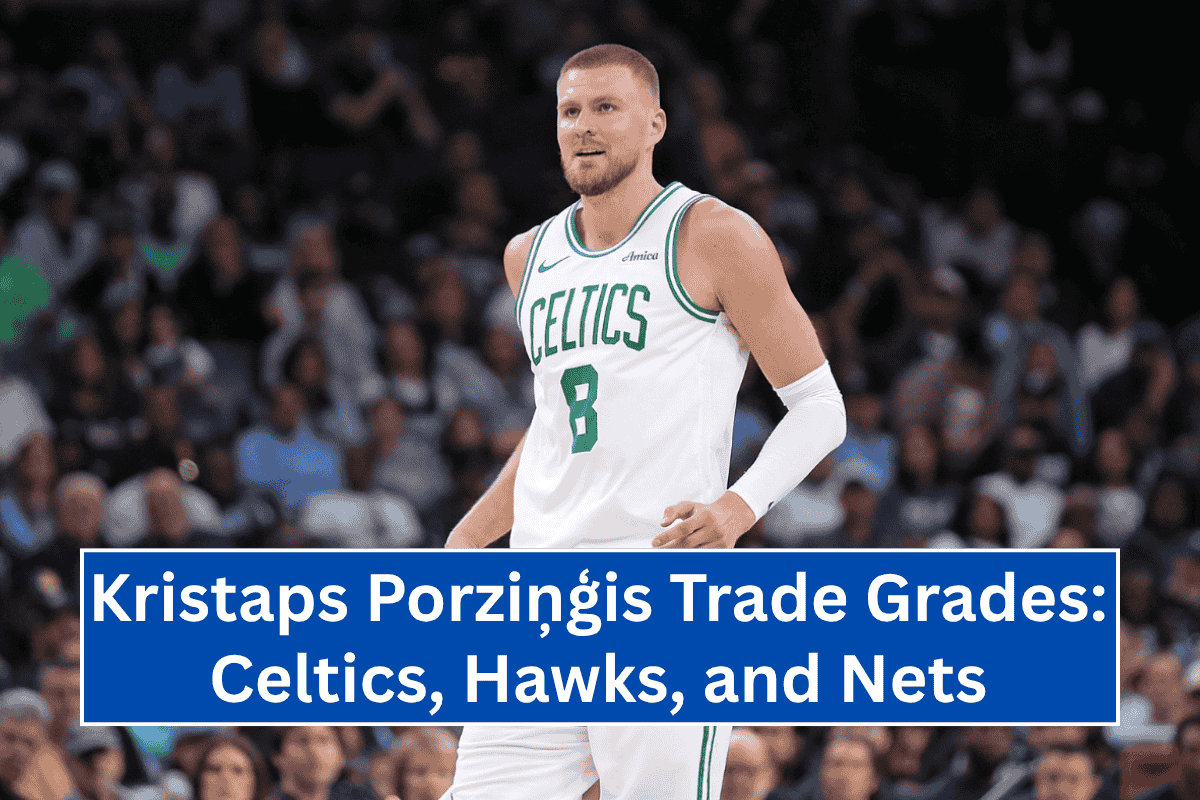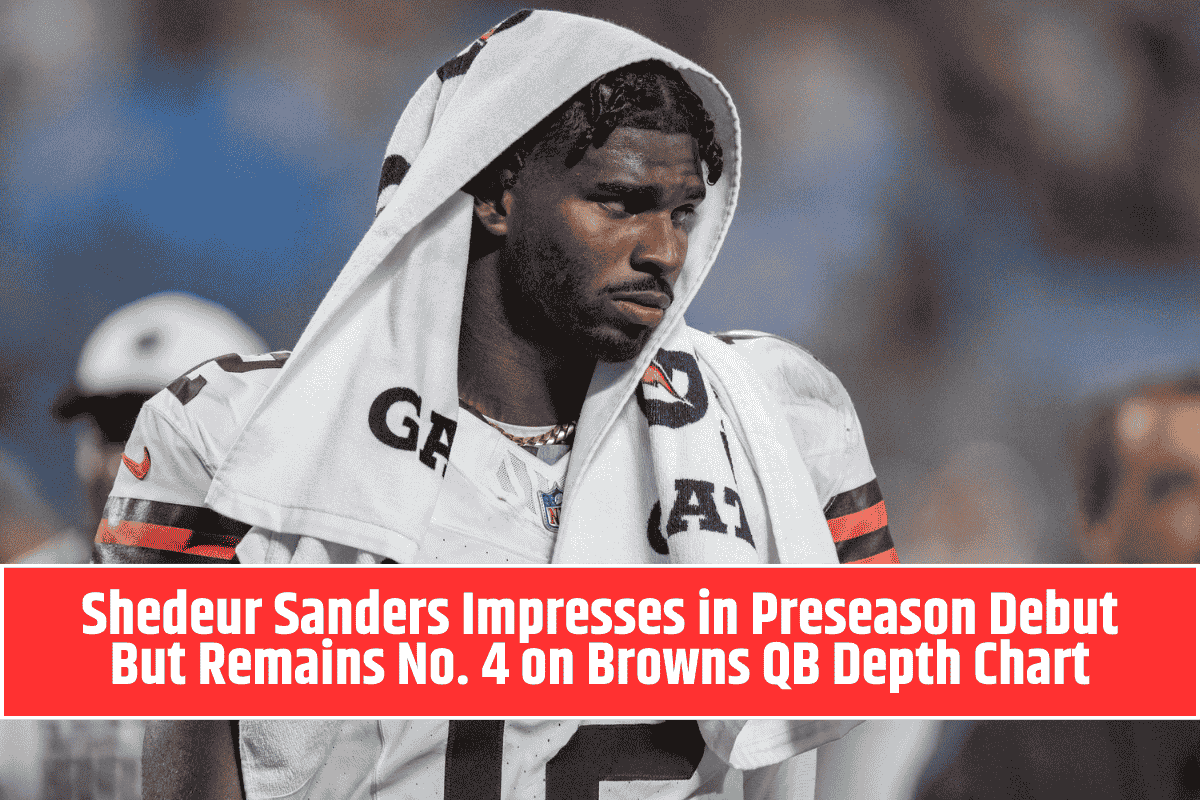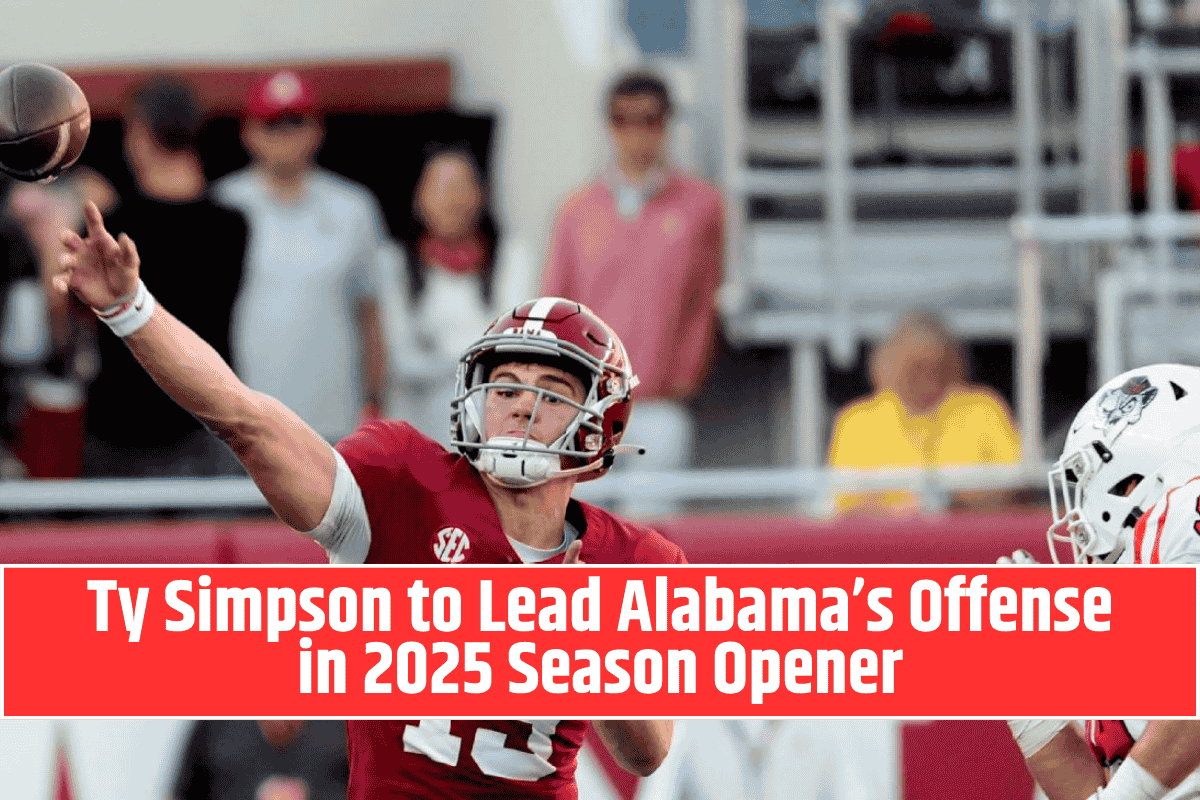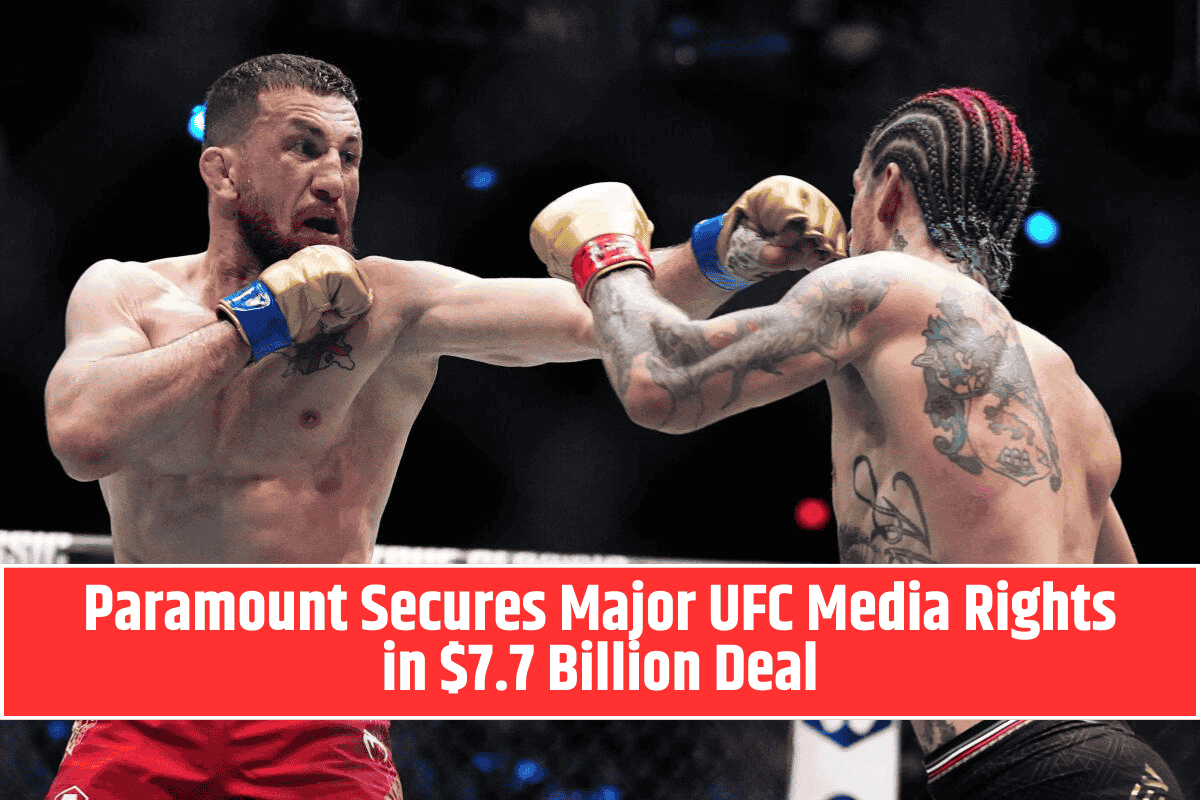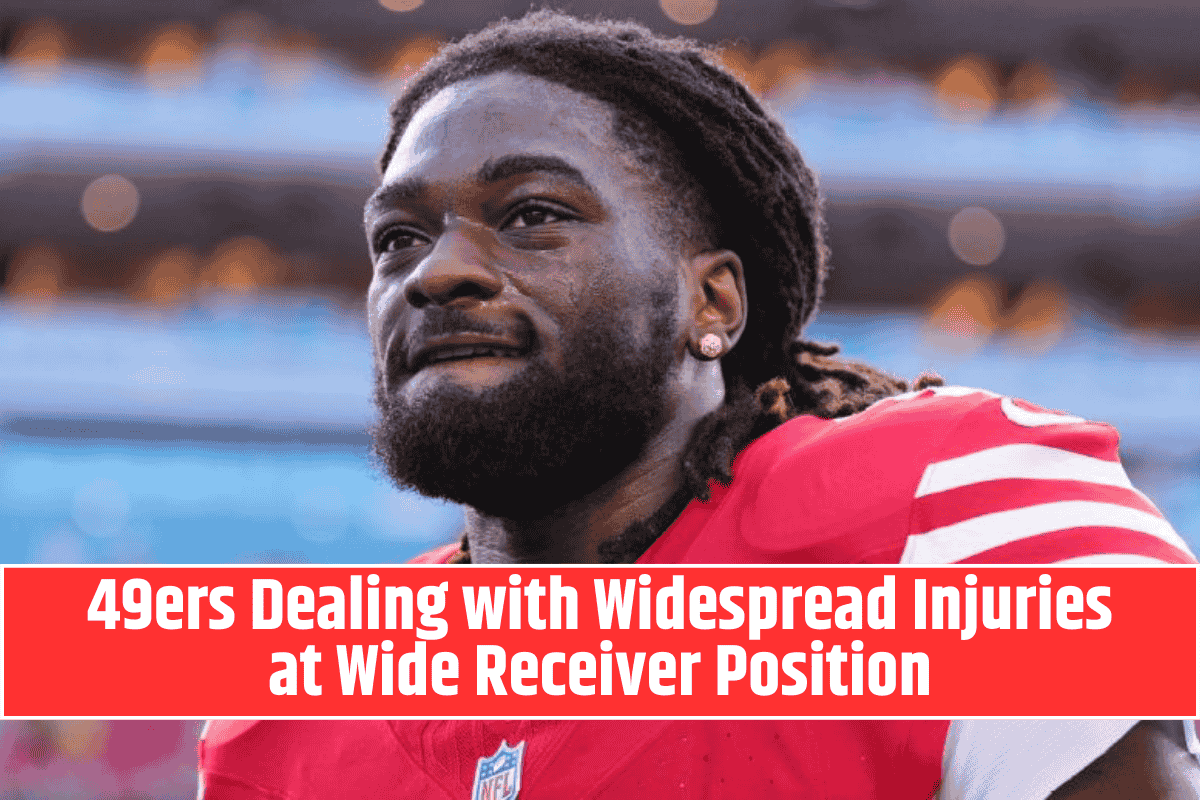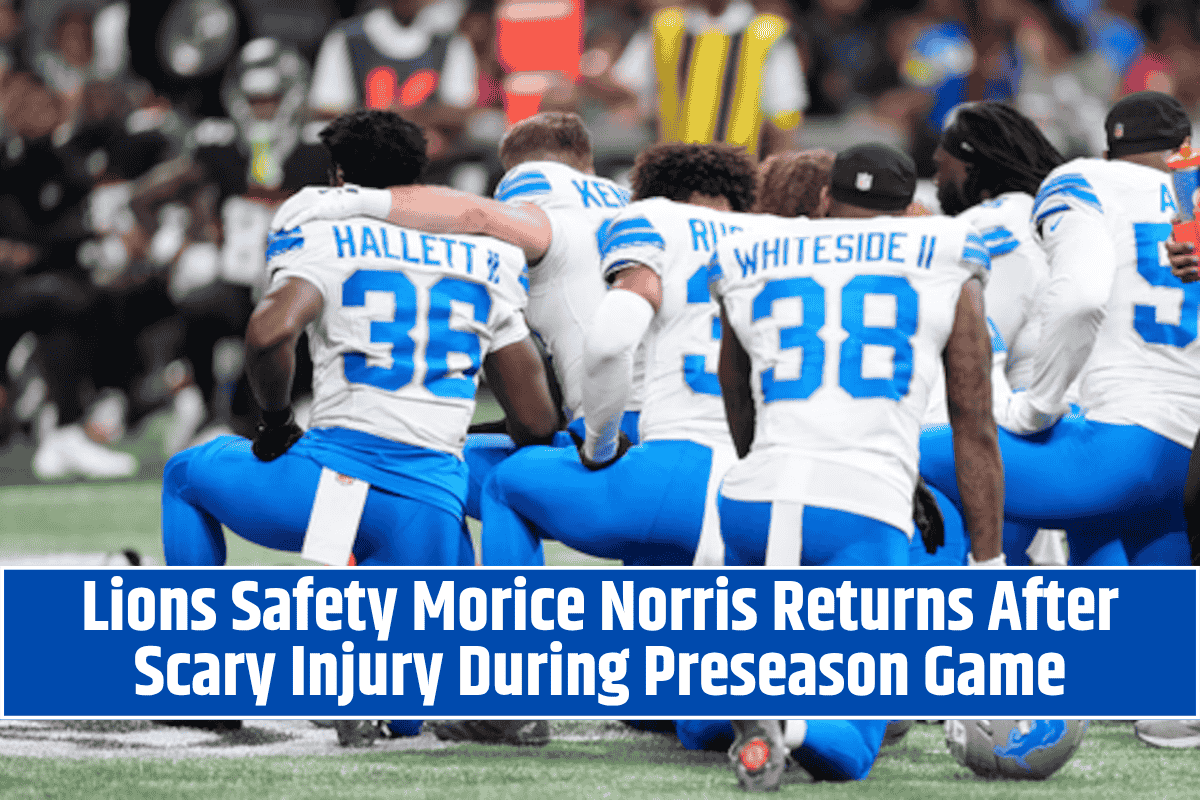The Boston Celtics made another major move, trading Kristaps Porziņģis and a second-round pick to the Atlanta Hawks. This trade comes just a day after sending Jrue Holiday to the Portland Trail Blazers.
Alongside Porziņģis, the Celtics also sent a second-round pick to the Hawks. In return, Boston gets Georges Niang and another second-round pick. The Brooklyn Nets are involved, with Terence Mann and the No. 22 pick going their way. Let’s break down the trade and grade it for each team involved.
Boston Celtics: B+
The Celtics entered this offseason with the highest payroll in NBA history, set to pay nearly $500 million after luxury tax. With Jayson Tatum expected to miss most, if not all, of next season due to a torn Achilles, the Celtics needed to cut costs.
They were $22 million above the second apron, a financial line that comes with strict limitations. Staying under the second apron is crucial, as teams can only be above it for two years in a five-year period before future first-round picks drop to No. 30 overall.
The Celtics made their first move to save money with the Jrue Holiday trade, saving nearly $5 million. This deal helps them shed another $22.5 million, getting them under the second apron. This move also allowed them to acquire extra draft picks, which helps in the long run.
Losing Porziņģis is a tough blow for the Celtics, but with his injury history, re-signing him long-term would have been a risky move. It’s clear the team is focusing on the future, saving money now while maintaining flexibility to improve the roster when Tatum returns.
Atlanta Hawks: B
For years, the Hawks have struggled to find the right pieces to complement their star player, Trae Young. One of their biggest needs was adding athletic wings who can defend, which they addressed with players like Dyson Daniels, Zaccharie Risacher, and Jalen Johnson. However, these players lack shooting, which limits the space Young needs to operate offensively.
Porziņģis is a great addition for the Hawks because of his shooting ability, especially from beyond the arc. His size and skills provide spacing for Young’s offense. With Onyeka Okongwu also improving, the Hawks now have two centers that complement each other well.
While Porziņģis offers great short-term value, the long-term risk is significant. He has a history of injuries, and his contract of $30.7 million raises questions about the Hawks’ ability to afford him long-term. If Porziņģis stays healthy and signs a reasonable extension, this could be a win for Atlanta. But if not, it could be a costly gamble.
Brooklyn Nets: B-
The Brooklyn Nets are essentially acting as a cap space dumping ground this offseason. They have traded for Terence Mann and the No. 22 pick in exchange for taking on salary. While Mann is not an expensive player, he does bring some value, especially in playoff rotations.
The real question for the Nets is what they’ll do with the six draft picks they currently hold, including the No. 8 pick. The team has a large stash of picks for the 2025 draft, and they’ll need to consolidate or make a trade to avoid having too many rookies on their roster.
The Nets could use their cap space to move up in the draft, potentially targeting a player like Ace Bailey. While the deal makes sense from a cap flexibility standpoint, the timing of the trade, with the draft just around the corner, raises some questions. It’s a reasonable move for Brooklyn, but it also leaves more questions than answers about their strategy moving forward.
The Kristaps Porziņģis trade sees each team addressing different needs. The Boston Celtics focused on shedding salary and gaining flexibility for the future. The Atlanta Hawks, on the other hand, have taken a risk on a talented but injury-prone center who could help with spacing but comes with long-term uncertainties.
The Brooklyn Nets, meanwhile, have used their cap space to acquire another pick, but their larger draft strategy remains unclear. While the immediate effects are clear, only time will tell whether these moves will pay off for each team in the long run.
